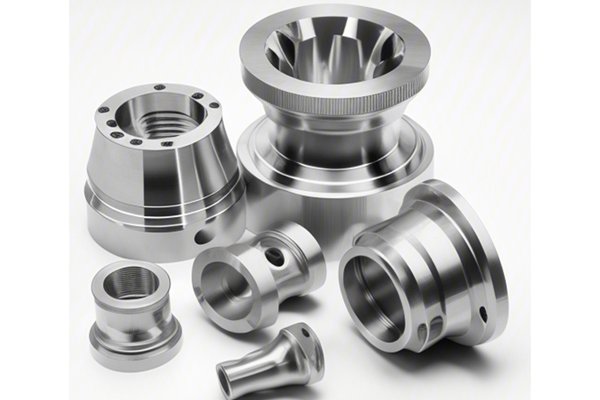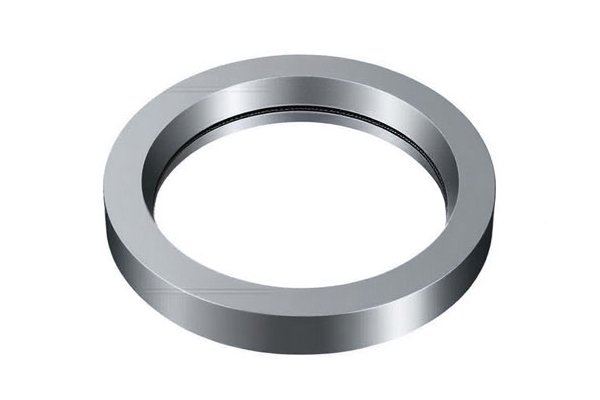When we talk about precision machining, we often conjure images of high-tech factories buzzing with activity. It’s a world where metal meets machine in a beautiful dance of engineering and artistry. But amid the myriad materials in this high-precision landscape, one material stands tall: brass. Have you ever wondered why brass, particularly brass turned parts, has become the darling of the machining industry? Let’s dive deep into the world of brass parts and uncover the reasons behind their popularity, their applications, and the astonishing benefits they bring to manufacturing.
What are Brass Turned Parts?
Before we jump into the meat of the matter, let’s clarify what we mean by brass turned parts. Essentially, these are components crafted from brass through a turning process—a meticulous method that shapes the metal using a lathe. This process involves removing material from a rotating workpiece to achieve desired specifications. Just like sculptors chip away at stone to reveal a magnificent statue, machinists carve out functional pieces from brass quantities.
Brass itself is a marvelous alloy of copper and zinc, combining the best characteristics of both metals. It’s malleable yet strong, corrosion-resistant yet easy to machine. So, when we say tailor-made brass turned parts, think of them as custom-engineered solutions designed for outstanding performance.
The Allure of Brass: Why Choose Brass for Machining?
You might be scratching your head, wondering why brass is a favorite in precision machining. Let’s explore the qualities that make this alloy a top choice:
In the world of machining, the ease with which you can work with a material is crucial. Brass topped the charts with excellent machinability. It’s like a perfect blend of soft and sturdy, allowing machine operators to carve intricate designs without excessive wear on their tools. This means a longer lifespan for machinery and lower costs in the long run.
Imagine a world where machinery and parts succumb to rust and erosion. Brass comes to rescue us! Its natural resistance to corrosion stands as a barrier against the elements, making it ideal for components exposed to moisture or harsh environments.
Looks count! Brass has a warm, golden hue that can add a touch of elegance and sophistication to everything from decorative fixtures to mechanical components. Utilizing brass turned parts often ensures that the final product is not only functional but also visually appealing.
For applications involving electronics, brass turns out to be an excellent conductor. It carries electrical currents efficiently, making it a go-to choice for components requiring connectivity and reliability.
Exploring Applications of Brass Turned Parts
A major part of the allure of brass turned parts lies in their vast array of applications. Where can you find these shiny wonders? Let’s shine a light on some of the industries that benefit greatly from brass componentry:
Think gears, fittings, and connectors—all thriving on the seamless performance that brass turned parts deliver. When you’re zooming down a highway, rest assured that precision-engineered brass components are contributing to smooth operations.
In a world that thrives on connectivity, brass parts ensure components within telecommunications equipment operate at their best. They keep signals strong and connections reliable, making the technology that connects us all function flawlessly.
The aerospace industry demands the highest standards of precision and reliability. Brass turned parts play a vital role here, providing critical components in aircraft systems, from hydraulic lines to electronic connections, enhancing safety and performance.
Have you ever turned the faucet in your home? Most likely, there’s a brass component within! Fixtures and fittings crafted from brass have incredible longevity and reliability, ensuring that water flows smoothly while preventing leaks.
From the internal structures of your smartphone to your favorite gaming console, brass turned parts are lurking within. They enable electrical connections and enhance performance, all while looking stylish.

The Brass Machining Process Explained
Alright! We’ve established the wonders of brass turned parts; now, let’s walk through the nitty-gritty of how they come to life through machining. Think of machining as a symphony, with every instrument playing its part to produce a harmonious outcome.
Step 1: Designing the Part
Every masterpiece begins with a well-thought-out blueprint. Engineers design a 3D model using CAD (Computer-Aided Design) software, specifying dimensions, tolerances, and other requirements. It’s as if they’re penning the instructions for creating a perfect cake!
Step 2: Selecting the Right Brass Alloy
Not all brass is created equal! Depending on the application, engineers may choose different brass alloys. The difference in copper and zinc content could map the softness or hardness, which affects the final machining properties.
Step 3: Turning Process
This is where the magic happens! The brass bar is placed on a lathe, which rotates it at high speeds. A cutting tool then glides along the workpiece, slicing and shaping it until it meets the design specs. Imagine a pencil sharpener whittling down a pencil–that’s the lathe in action!
Step 4: Finishing Touches
After the part is turned, finishing processes, such as polishing or plating, can be applied to achieve the desired surface finish. This step can enhance aesthetic appeal and ensure performance standards.
Troubleshooting Common Issues in Brass Machining
Even in a perfect world, hiccups happen. Machining brass can be a smooth operation, but sometimes issues arise. Here are common problems and how to solve them:
If you’re grinding through tools like candy, it’s time to reassess your approach. Dull or incorrect tools can affect precision. Ensure you’re using quality tools designed specifically for brass machining.
Hot metal can lead to deformation. If you’re finding your parts warping, check the cutting speed and ensure you’re using sufficient lubrication to keep things cool and smooth.
If the parts come out with a rough texture, you may need to look at the tooling geometry or cutting parameters. Adjusting these can lead to smoother finishes that are visually appealing.
Embracing the Future of Brass Machining
As we stand at the precipice of technological advancements in machining, one question leaps out—what’s next for brass turned parts? With the advent of CNC (Computer Numerical Control) technology, the future looks bright. CNC machines take precision to new heights with automated processes, ensuring the highest quality standards.
Moreover, as industries push for sustainable strategies, the focus on brass’s recyclability becomes ever more significant. Brass is a champion of resource efficiency; it can be melted down and reformed without losing its intrinsic qualities.
Conclusion: Why Choose Brass Turned Parts?
In a nutshell, brass turned parts shine brightly in the universe of precision machining. Their unique properties—machinability, aesthetic appeal, and resistance to corrosion—combine into a powerful formula that businesses across various sectors can’t ignore. By choosing brass, manufacturers are not just casting their votes for strength and durability but also for efficiency and elegance.
So, next time you come across a brass part—be it in your car, smartphone, or home fixtures—take a moment to appreciate the technology and expertise behind it. Brass turned parts truly encapsulate the art of precision machining, and understanding their benefits empowers you to make informed choices in your own manufacturing projects.
Thank you for embarking on this enlightening journey into the world of brass turned parts with me. Let’s keep the conversation going—what questions or insights do you have about brass machining? Let’s chat!



